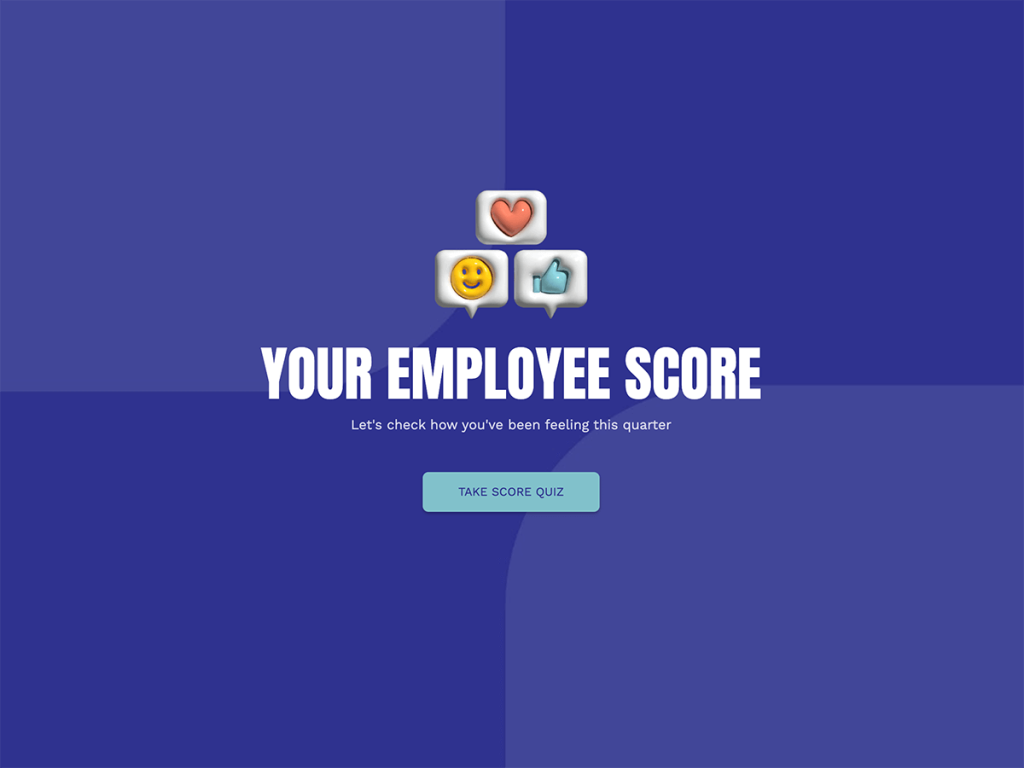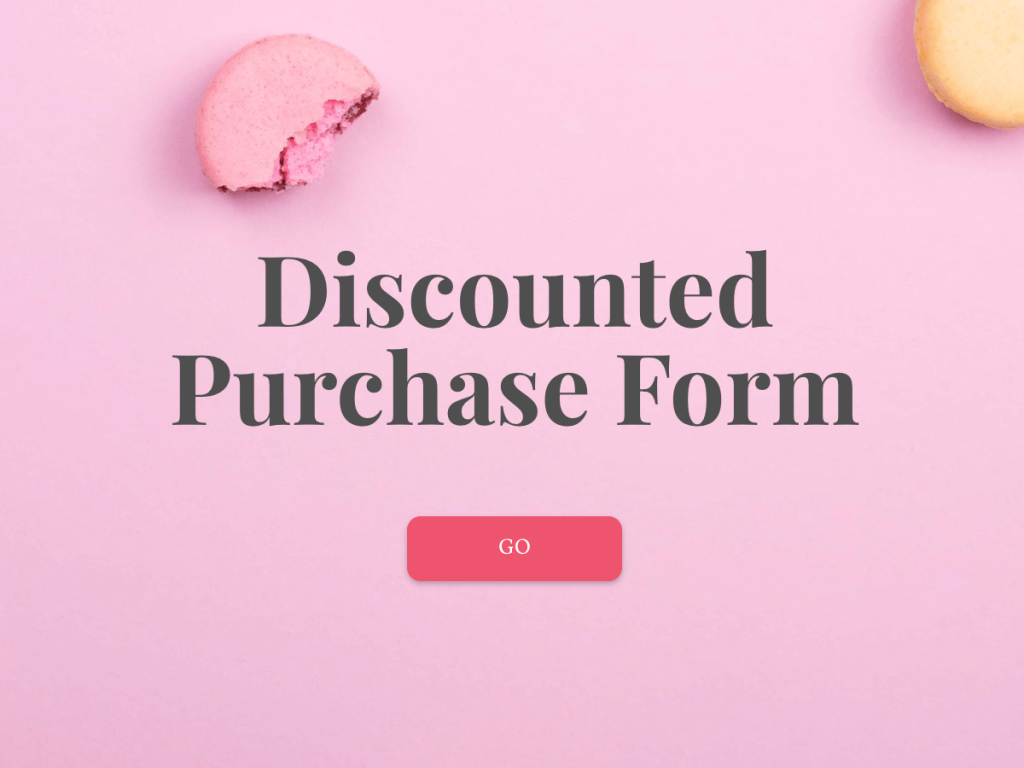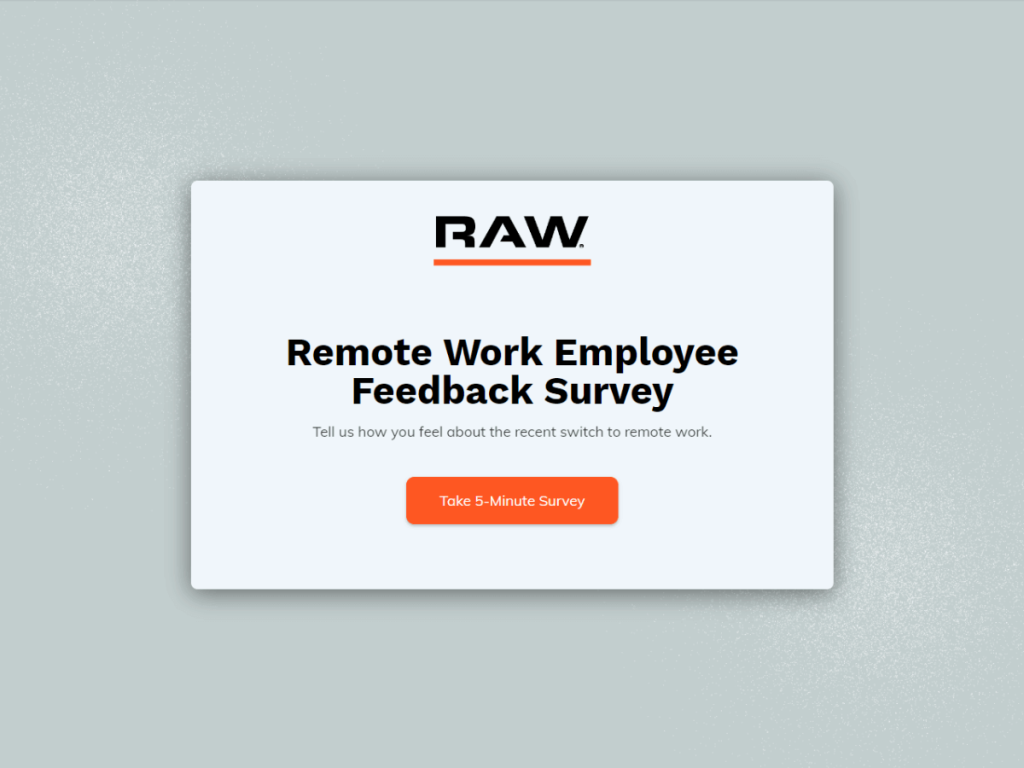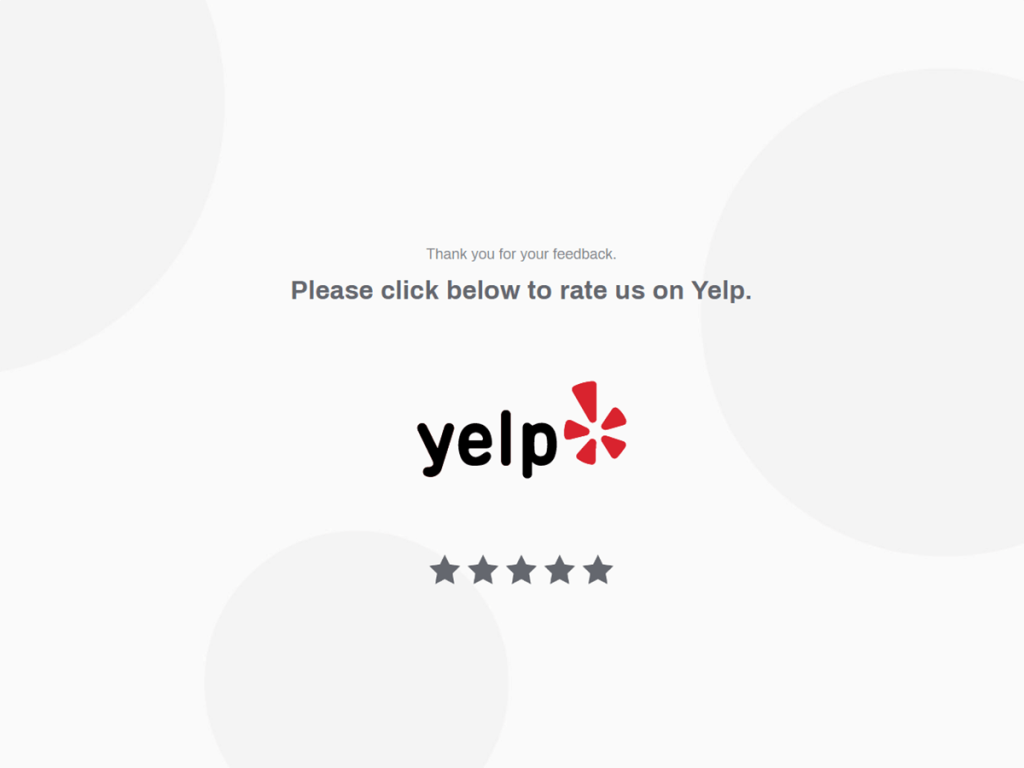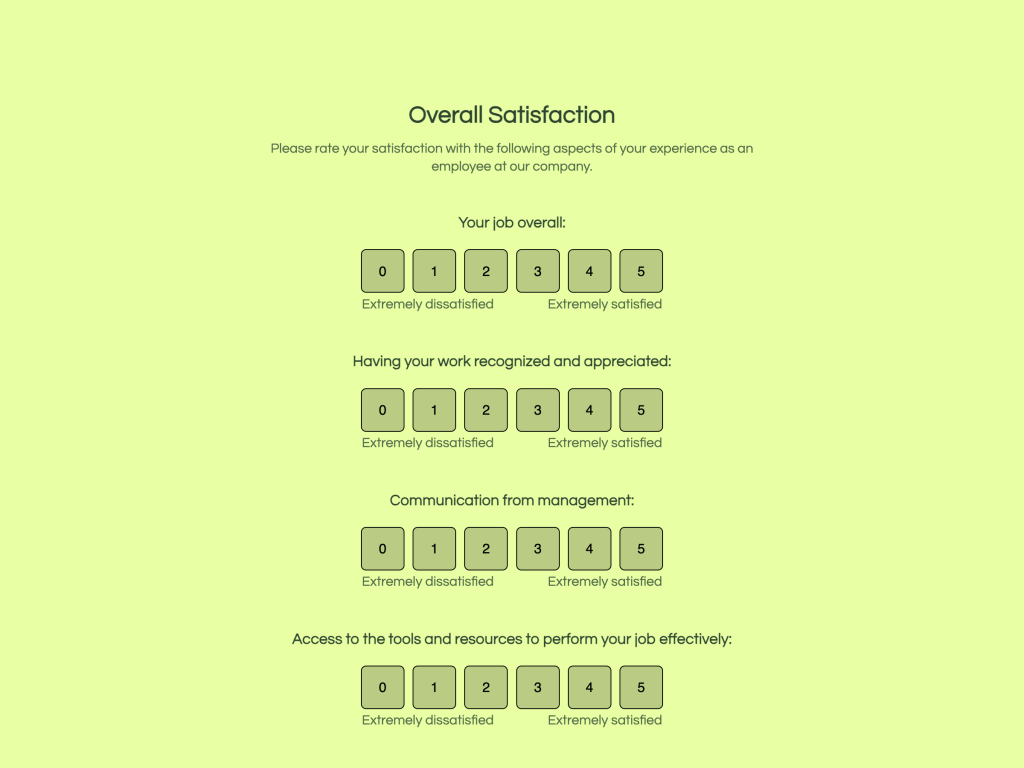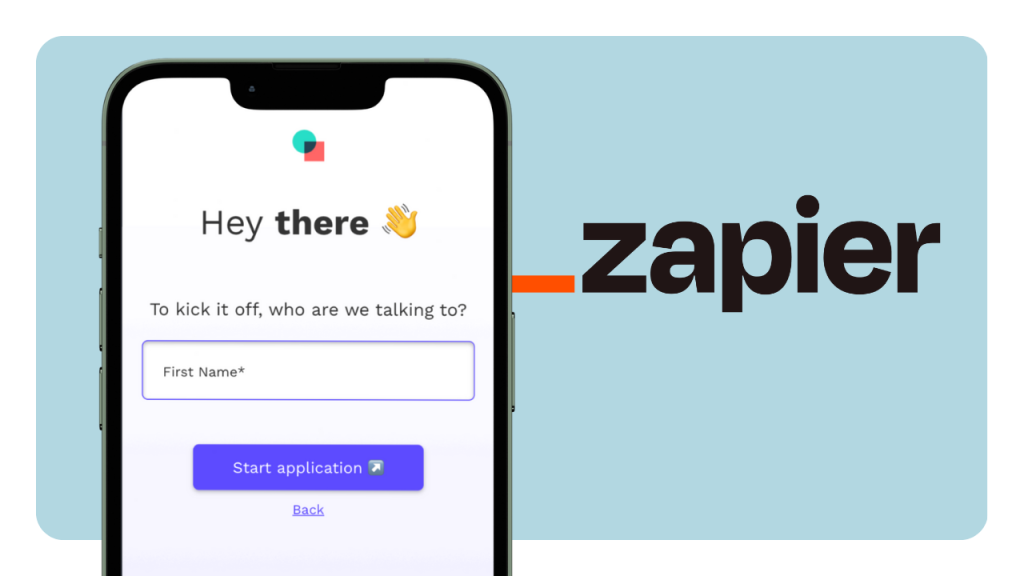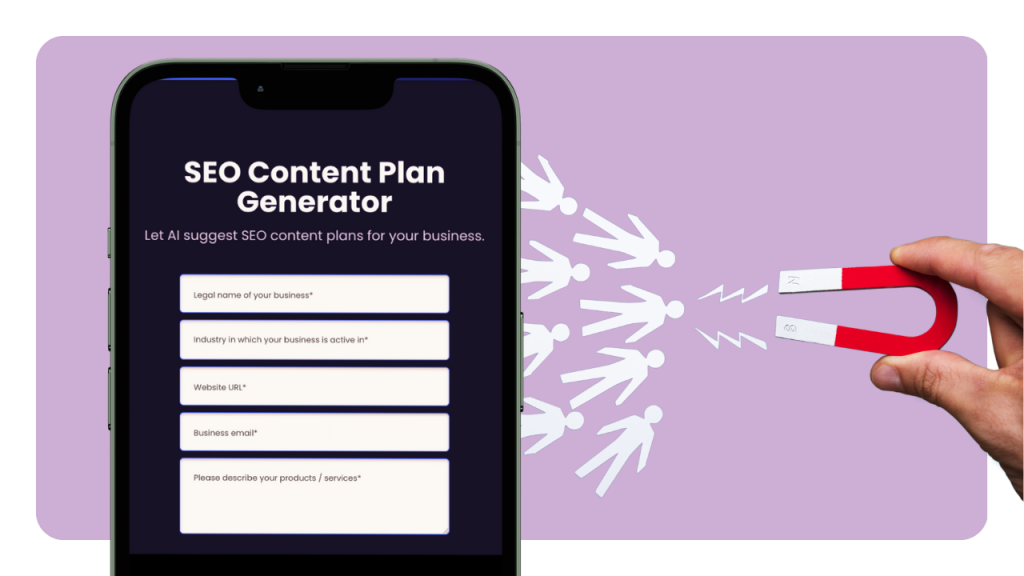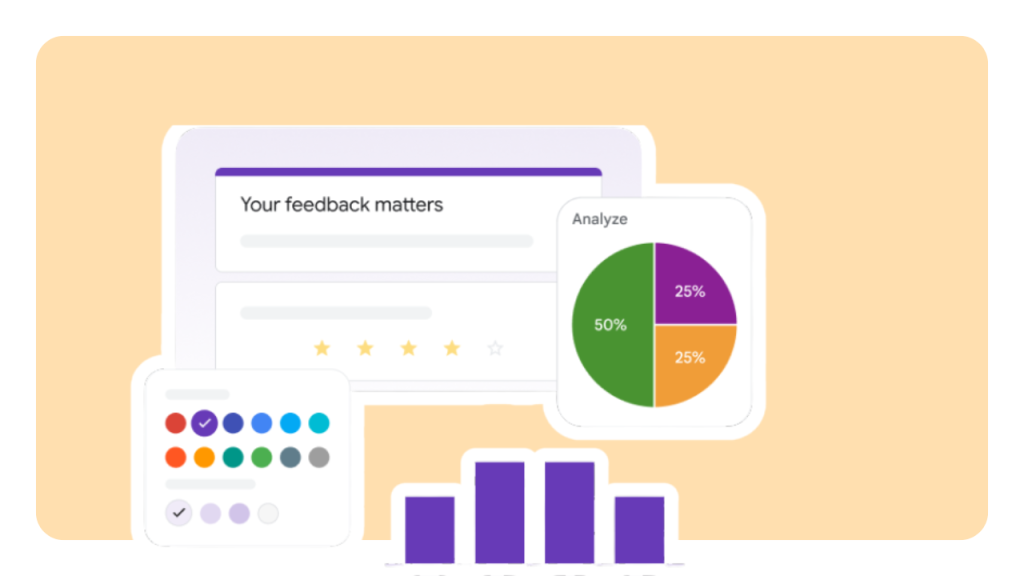Product-market fit is the holy grail of startups. It's the point when a product meets the needs of a large enough market in a sustainable and profitable way.
According to a study by CB Insights, one of the primary reasons why startups fail is because they have no market need, i.e., they cannot find their product-market fit.
So, how do you find product-market fit?
Proper market analysis and surveys are one of the key ways.
In this post, I’m going to help you understand how you can use surveys to find your product-market fit. Let’s first understand what they are and how they work.
What Is a Product-Market Fit?
Product-market fit simply means that a product or service meets a strong market demand. It's like hitting the jackpot where a company creates something that people really need and want, and as a result, sales and growth skyrocket.
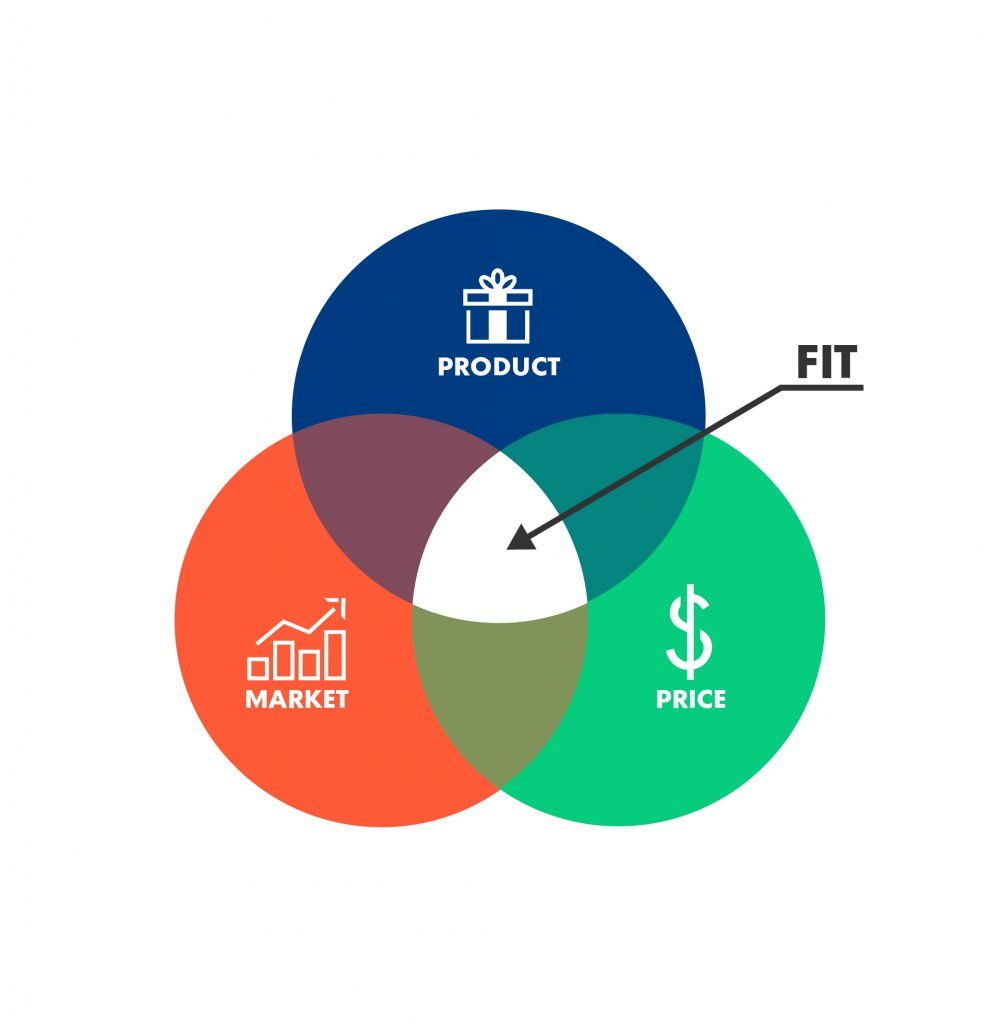
What Is a Product-Market Fit Survey?
Think of product-market fit surveys as a market research tool that helps you figure out how well your product meets the needs and expectations of your target market.
This way, you can get feedback directly from your customers about what they want, what they don't want, and what they're struggling with. And this information can be super helpful in building a product that people will be interested in using.
Why Is the Product-Market Fit Survey Important?
Product-market fit surveys are more essential than people usually think of. They can help you validate your product idea before investing, understand your target market better, identify areas to improve, and minimize risks. This will ultimately lead to benefits like:
Increased customer satisfaction: When your product fits the market needs, customers are more likely to be satisfied, stay loyal to your brand, and refer your product.
Increased sales: When customers are satisfied with your product, they are more likely to buy it again and refer it to their friends and colleagues, leading to better sales and revenue.
Reduced costs: When your product solves real problems, users are going to be more interested in it even without heavy marketing and advertising. This means reduced costs and increased profitability.
Increased investor interest: Investors are more likely to invest in companies that have found product-market fit. This is because they are more likely to be successful and generate a high return on investment.
Whereas, not running product-market fit surveys can get you in deep water, leaving you with:
Wasted Resources: Without understanding market needs, businesses might invest significant resources in developing a product that ultimately fails to gain traction.
Low Customer Adoption: Products that do not meet market needs face low customer adoption rates. Poor sales and low customer interest can result in a product becoming obsolete shortly after launch.
Damaged Reputation: Releasing a product that doesn’t align with customer expectations can damage the company’s reputation. Negative reviews and customer dissatisfaction can tarnish the brand image, making it difficult to recover in the market.
Missed Opportunities: Failing to conduct product-market fit surveys means missing out on valuable insights. These insights can reveal new market opportunities, customer segments, or product features that could have been leveraged for business growth.
If you are building your first product and struggling to find a product-market fit, it is better to go for expert advice rather than aiming in the dark. You can hire a product management consulting firm or product management expert, who can guide you in finding product-market fit for your product minimizing the risk of failure.
Let’s take a look at some product-market fit success as well as failure examples.
Product-Market Fit Success Examples
1. IPhone by Apple
The iPhone achieved remarkable product-market fit by offering a seamless integration of hardware and software, an intuitive user interface, and a wide range of applications. Apple conducted extensive market research to understand consumer preferences and needs.

2. Airbnb
Airbnb successfully achieved product-market fit by tapping into the growing demand for unique and personalized travel experiences. By catering to this specific need, Airbnb created a global community of hosts and travelers. Their user-friendly platform, secure payment system, and user reviews helped establish trust among users, leading to Airbnb's significant success in the travel and hospitality industry.
Product-Market Fit Failure Examples
1. Microsoft Zune
Microsoft Zune was an attempt to compete with Apple's iPod. Despite its features and capabilities, Zune failed to gain significant market share. The Zune lacked differentiation from the iPod and faced challenges in terms of its ecosystem and marketing. Consumers were already deeply invested in Apple's ecosystem, making it difficult for Zune to convince them to switch. Microsoft eventually discontinued the product.

2. Homejoy
Homejoy was a platform that connected homeowners with professional cleaners. While it aimed to serve the same target market as Airbnb (people looking for home-related services), it failed to achieve product-market fit. Homejoy faced challenges related to quality control, customer satisfaction, and pricing.
Tips for Finding Product-Market Fit with Surveys
1. Define Objectives
Before you start creating your survey, it’s crucial to define your objectives and the purpose of the survey clearly.
Are you trying to assess product-market fit, identify pain points, or gauge interest in new features? Defining your objectives helps you craft specific questions that provide the necessary insights.
Also, make sure your objectives are aligned with your overall business goals. Be realistic about your objectives and don't try to cram too much into one survey. Just focus on the objectives that are most important to you first and based on the response, consider conducting additional surveys later to gather data on other topics.
2. Identify Your Target Audience
To conduct an effective survey, it is crucial to identify the target audience that is most likely to benefit from your product.
Creating ideal buyer personas is a good way to start. You can define your ideal customer by using market segments and developing buyer personas for them. This will help your team to have a clear understanding of whom they are building for.
It is important to analyze their background, their profession, and their typical workday. By understanding their interests and daily struggles, you can determine whether your product is relevant to them. This will help you in tailoring your product to meet their needs and requirements.
3. Choose the Right Survey Software
There are a variety of survey software platforms available, so it's important to choose one that is right for your needs. You also need to consider factors such as the cost of the platform, the features it offers, and the ease of use.
involve.me’s Online Survey Maker, for instance, offers a user-friendly interface and robust analytics features. The code-free survey tool helps you create personalized, engaging, dynamic surveys with answer piping, logic jumps, and multiple results.
Create Your Own Survey
Start with a customizable template
To analyze the survey results and simplify the process of finding the right product-market fit, involve.me also offers AI insights. You get detailed analytics dashboards and important metrics to assess the performance of your survey. You can even process all your data into reports in minutes.
4. Ask the Right Questions
Asking the right questions in your product-market fit survey is essential to getting the information you need.
Avoid asking broad questions that could be interpreted in multiple ways. Instead, focus on specific questions that will give you the information you need to make informed decisions about your product.
Make sure your questions are easy to understand and unambiguous. Ask neutral questions that will give you objective feedback. Some good questions to ask in your product-market fit survey are:
What are your biggest pain points when it comes to [your product category]?
What features are most important to you in a [product category]?
How satisfied are you with the current solutions available?
What would you be willing to pay for a [product category] that solved your pain points?
How likely are you to recommend the product to others?
Don't just ask questions that can be answered with a simple yes or no. Instead, ask open-ended questions that will give your respondents the opportunity to provide more detailed feedback.
5. Send Surveys at the Right Time
Send surveys at the right moment in the customer journey for relevant feedback to ensure that you gather feedback when it’s most meaningful to the customer. This increases response rates and provides insights that can lead to immediate improvements.
Also, make sure you are not sending it too early when you're still in the early stages of product ideation or too late when you have already invested a lot of time and money into your product.
A good time to send your survey is when you have a working prototype of your product and you're ready to start getting feedback from potential customers.
6. Remember the 40% Rule
The 40% rule is a simple rule of thumb for product-market fit. It says that if 40% or more of your customers respond to your product-market fit survey with a "very disappointed" answer to the question "How would you feel if you could no longer use this product?", then you have product-market fit.
However, it's important to note that the 40% rule is just a guideline. There are other factors to consider when determining whether or not you have product-market fit, such as your customer acquisition costs and your customer lifetime value.
Find Your Product-Market Fit with Surveys
The key to finding product-market fit lies in understanding your customers and their needs. Engage with them, listen to them intently, and learn from them; the more you comprehend your customers, the better equipped you'll be to create a product that they'll love.
It's also crucial to create user-friendly and visually appealing surveys, which are instrumental in understanding your customers' opinions. Thus investing in tools like involve.me's online survey maker can make a substantial difference by simplifying the process for both the customers and the business.
Author
Pratik Shinde is a Founder at Growthbuzz Media, a Content Creator at Make SaaS Better, and an SEO enthusiast. He helps fast-paced B2B SaaS startups acquire customers through organic marketing efforts. He likes reading philosophy, writing non-fiction, thoughtful walking, running, and traveling.


